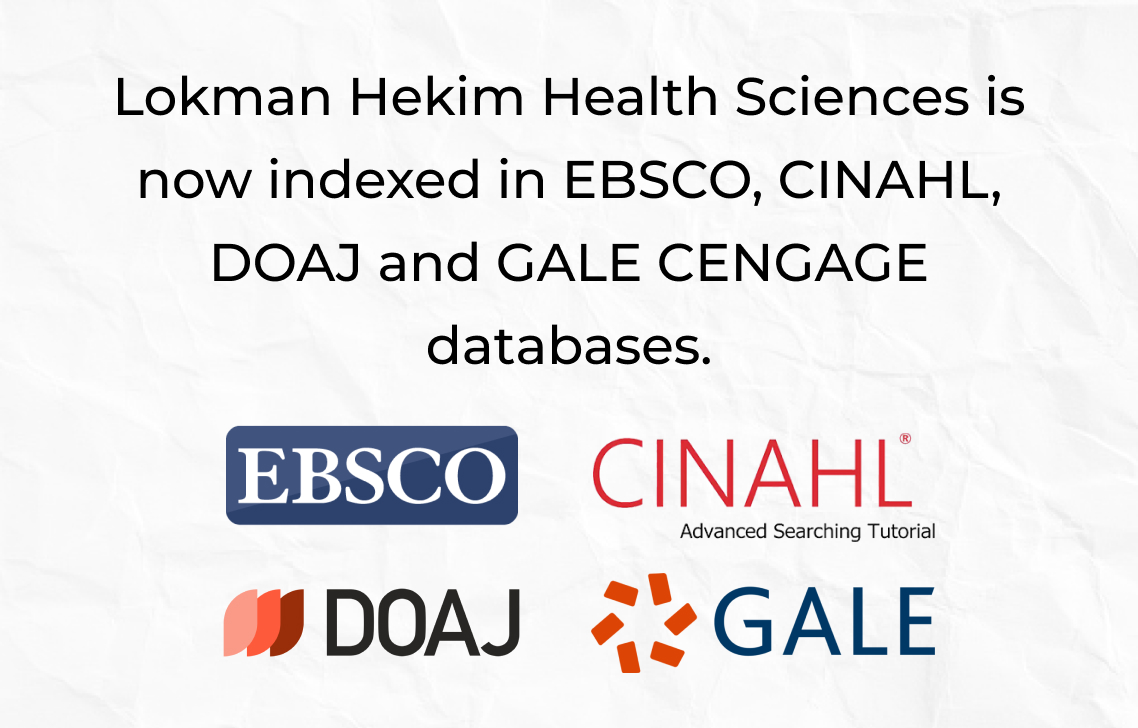Abstract
Introduction: The aim of this study is to evaluate the difference in homocysteine levels between vaccinated and unvaccinated patients and determine the relationship between blood homocysteine levels and prognosis in hospitalized patients due to COVID-19.
Materials and Methods: This retrospective study was carried out in our hospital on 50 patients, 19 (38%) males and 31 (62%) females, who were hospitalized due to COVID-19. The patients were divided into two groups: vaccinated and unvaccinated. White blood cell count, lymphocyte count, C-reactive protein, D-dimer levels, and homocysteine levels taken at the time of hospitalization of the patients included in the study were evaluated.
Results: The mean age of all patients included in the study was 66.1±16.16 years. Of the included patients, 22 (44%) were vaccinated and 28 (56%) were unvaccinated. As a clinical prognosis, 32 patients (64%) were followed up in the ward. Twelve (24%) patients were intubated and discharged after treatment. However, 6 (12%) patients were intubated and unfortunately died. Six of the patients included in the study were mortal. Among these patients, 1 was vaccinated and 5 were not vaccinated. The mean D-dimer level of these patients was 965.16±544.39. All expired patients were hyperhomocysteinemic, and the mean homocysteine levels were 18.18±5.8 μmol/L in this group.
Discussion and Conclusion: Although D-dimer was found to be significantly higher at the time of admission to the hospital in unvaccinated individuals, there was no significant difference in blood homocysteine levels between vaccinated and unvaccinated COVID-19 patients.
Amaç: Bu çalışmanın amacı, aşılı ve aşısız hastalar arasındaki homosistein düzeyleri arasındaki farkı değerlendirmek ve Covid-19 nedeniyle hastanede yatan hastalarda kan homosistein düzeyleri ile prognoz arasındaki ilişkiyi belirlemektir.
Materyal ve Metot: Bu çalışma Covid-19 nedeniyle yatan 19 (%38) erkek ve 31 (%62) kadın olmak üzere 50 hasta üzerinde retrospektif olarak dizayn edildi. Hastalar aşılı ve aşısız olarak iki gruba ayrıldı. Çalışmaya dahil edilen hastaların hastaneye yatış anında alınan beyaz küre sayısı (WBC), lenfosit sayısı, C-reaktif protein (CRP), D-dimer düzeyleri ve homosistein düzeyleri değerlendirildi.
Bulgular: Çalışmaya dahil edilen tüm hastaların yaş ortalaması 66,1 ±16,16 idi. Çalışmaya dahil edilen hastaların 22'si (%44) aşılı, 28'i (%56) aşısızdı. Klinik prognozları değerlendirildiğinde 32 hasta (%64) serviste takip edildi. On iki (%24) hasta entübe edilerek tedavilerinin ardından taburcu edildi. Ancak 6 (%12) hasta entübe edildi ve sonrasında maalesef hayatını kaybetti. Çalışmaya alınan tüm hastaların 6 tanesi mortal seyretti. Bu hastalardan 1'i aşılanmış, 5'i ise aşılanmamıştı. Bu hastaların ortalama D-dimer düzeyi 965,16 ±544,39 idi. Hayatını kaybeden tüm hastalar hiperhomosisteinemikti ve bu grupta ortalama homosistein seviyeleri 18.18 ±5.8 µmol/L idi.
Sonuç: Aşısız bireylerde hastaneye başvuru anında D-dimer anlamlı olarak yüksek bulunsa da aşılı ve aşısız Covid-19 hastaları arasında kan homosistein düzeylerinde anlamlı bir fark bulunmadı.






 Kadir Serkan Yalçın1
Kadir Serkan Yalçın1 









